Last Updated on
Arguably one of the best, if not the best, films of 2015 is the The Revenant. The film is a fictional retelling of the true story of Hugh Glass who survived a bear attack against improbable odds. Before we go any further, this article contains spoilers from the film, and if you haven’t seen it yet, give it a look at your local theater and then come back and read this article afterward.
Glass was part of a 1823 expedition sponsored by William Henry Ashley of the Rocky Mountain Fur Company to obtain beaver pelts around the upper Missouri River. During this expedition, Glass was attacked by a mother grizzly bear who was protecting her cubs, and he was badly mauled hundreds of miles from any nearby civilization. Eventually his companions decided to continue the expedition without Glass as it appeared he would die from his wounds and was largely unconscious after the attack. They left two party members behind to bury Glass once his time had come, and they began to dig his grave while they waited. However, these two men did not wait until Glass died to leave, perhaps out of fear of falling too far behind the rest of the expedition, and they left Glass alive but still unconscious and took his rifle and other gear as they left. Later they would claim that a dangerous tribe of natives were nearby.
Regardless of the claims of the other two men, Glass awoke badly injured and without any equipment, and he began to crawl towards the nearest settlement, Fort Kiowa, which was over 200 miles away. Under impossible odds, Glass completed the journey to Fort Kiowa with the help of a local Indian tribe, and a wilderness legend was born. Afterward Glass became known as “the revenant” or roughly the one who returned from the dead.
The story of Hugh Glass has been retold in several works of fiction, and the 2015 film is not meant to be a factual account of his story but rather a fictional retelling of the events. This fictional film is also a great wilderness survival film, and that’s what we’ll focus on in this article. As the fictional Glass struggles to survive, many real survival techniques are referenced as well as a few techniques or situations you would want to avoid. All of these survival techniques are in some regard or another last resort actions, and they would only be performed if all other options were exhausted. Let’s take a look at what works and what to avoid from the film.
Black Powder Cauterization
In a memorable scene, Glass cauterizes a wound in his throat by igniting gunpowder placed in the wound. Cauterization is an emergency technique where extreme heat is applied to an open wound to essentially force it to stop bleeding. This somewhat barbaric and extremely painful process is essentially a last resort option when a victim fears he or she may “bleed out” or lose so much blood from a wound that they die.
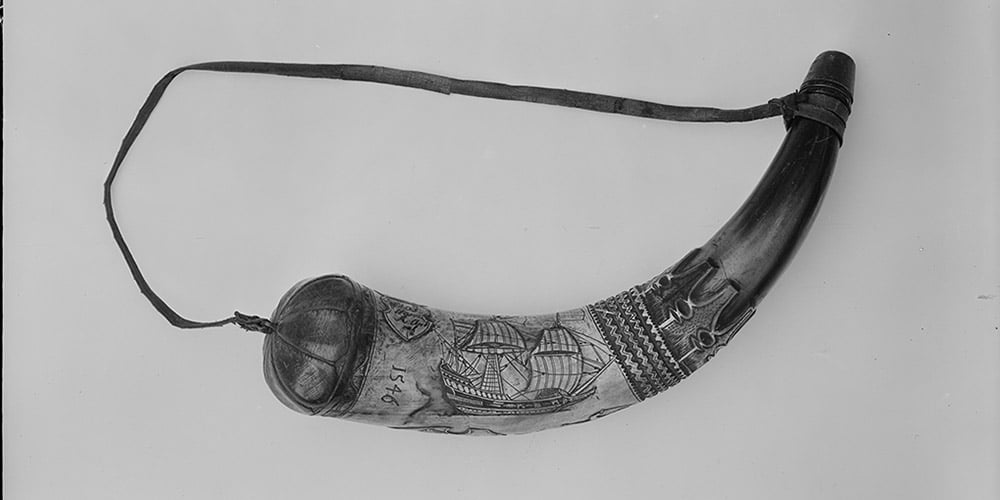
Glass, who is without tools or other materials, is lucky enough to have his black powder container. While the most common method of cauterization involves pressing a hot knife to a wound, black powder is an alternative way to cauterize a wound where the powder is poured into the wound and then ignited. Surprisingly the black powder method is faster, easier and less painful than using a knife, so in this regard, the character lucks out in his survival odyssey.
River Escape / Hypothermia
Soon after he cauterizes his neck wound, Glass is forced to flee a pursuing Indian war party by escaping into a nearby river. In the true Glass story, he built a makeshift raft to aid in his journey, but Glass was attacked by the bear in August, and the 2015 film version of The Revenant takes place later in the fall / winter. In the film, Glass eventually manages to cling onto a nearby log in the river for flotation, but he spends an extended period of time in the cold water, and this is in reality one of the most dangerous situations in the wild.
First, river travel is extremely dangerous without a flotation device, and it’s important to keep your feet up as you try to swim to shore. One wrong placement of your foot on a rocky river bottom could result in it getting trapped, and occurrences like this commonly result in drowning. However, the cold water itself is the greater danger, and there are risks that come with both the initial exposure to the cold water and then continued exposure. When someone is exposed to cold water suddenly, most likely when they jump or fall in, they first experience what is called cold shock response. This causes the individual to gasp for air rapidly, and if their head is submerged or they are tossed about in strong currents, there is a possibility of swallowing a substantial amount of water and drowning due to this response. Even if you manage to keep your head up, the rapid inhaling of air while in the water can cause hyperventilation and sometimes fainting. Cold shock response also puts a serious strain on the heart, and many have gone into cardiac arrest even after brief exposure to cold water due to the shock.
The key to the first moments of cold water exposure is to keep calm and manage your breathing as best you can while you try to keep your feet up and swim to shore. This is certainly a lot to handle in a short period of time, but Glass has no choice in the film, and he must face this danger and escape from the pursuing tribe downriver. The second and more dangerous part comes with Glass’ continued exposure to the water as he drifts downstream. The addition of a log or a flotation device is a big help to Glass, but every minute he spends in the water, he is more and more subject to the dangers of hypothermia. Contrary to what many believe, hypothermia is not a matter of minutes but rather a matter of a half and hour to an hour.
We can estimate that Glass is in the water anywhere from 10 -30 minutes in the film, and this isn’t necessarily long enough to be life threatening, but it is a very serious situation. As soon as Glass reaches shore, he is in a life or death race to build a fire and dry his clothes, but this is no easy feat after prolonged exposure to cold water. In those cases, you limbs and hands become weak and it is hard to function. Your mental faculties can also become hazy. Needless to say, the challenging task of assembling firewood and getting a fire going under such circumstances is extremely difficult, but without an immediate fire, Glass or anyone for that matter would most certainly die. It is fortunate that Glass has gunpowder to start a rapid fire, but as the camera cuts away, this circumstance may be his most dire of the film, aside from getting mauled by a bear of course.
Sweat Lodge
A little later in the film, Glass’ short-lived Pawnee companion builds a survival shelter / sweat lodge for Glass to rest in because he is weak from his ordeal. The sweat lodge, more technically a survival shelter, consists of branches piled in a teepee like manner with the bear pelt that Glass wears placed on top. As a fierce snowstorm descends upon Glass in the shelter, the Indian builds a fire to warm rocks and then places them in the shelter and sprinkles snow over them to create steam. This place to heal for Glass also becomes a valuable shelter since the steam helps warm the interior for a while until a good layer of snow has accumulated on the outside to create insulation.
There are a couple survival techniques to take away from here. The first is the value of “hot rocks” as they’re called or rocks warmed in the fire. These can then be placed against a coat or apparel to warm the individual throughout the night. You just have to be careful the rocks aren’t too hot as you begin to use them. Secondly, a shelter built in the manner of the film could be lifesaving due to the insulating properties that the falling snow would create. It wouldn’t be cozy, but it could keep you alive through a storm that might make it impossible to keep a fire going in.
Horse Carcass
The final item we’ll cover is the old western trope of crawling inside a dead animal carcass to survive a storm. Yes, most everyone knows this technique from a sci-fi film, Star Wars, but it is actually based upon a few real life events, and they don’t usually end as well as you might think. One of the more famous examples involves Father Joseph Goiffon and the death of his horse in a snow storm. Goiffon was ill prepared during his journey through a snow storm, and once his horse died from the elements, Goiffon decided to cut the animal open and crawl inside. Fortunately Goiffon did survive, but his leg had to be amputated because of exposure. The general consensus is that this technique is not a wise one, and you’d be better off seeking shelter elsewhere.
There are a few reasons why you should skip the carcass shelter unlike Glass did in the film. First off, the inside of the animal is wet, and while Glass is right that “skin to skin” contact can create more warmth at least temporarily as he takes his shirt off to crawl in, the added moisture would contribute to the risk of hypothermia as the animal cools. Secondly, the animal has ceased living and therefore ceased creating warmth as Glass crawls in, and he would only benefit from the residual warm for an hour or two before the carcass began to freeze. Finally, it’s a lot of effort to cut open and clean out an animal, and this effort is better spent gathering firewood or building another form of shelter.
To sum it up, black powder cauterization and sweat lodge / hot rocks type shelters are good options in dire circumstance, but stay out of the river and a dead horse carcass if at all possible. Of course, this film is just fiction, and it certainly gets a lot more right than wrong as far as survival goes.
Image one, two and three courtesy of Wikimedia Commons.
Interested in more? Check out: Basic Wilderness Survival Techniques.
Shop gritroutdoors.com or Browse Top Selling Products.
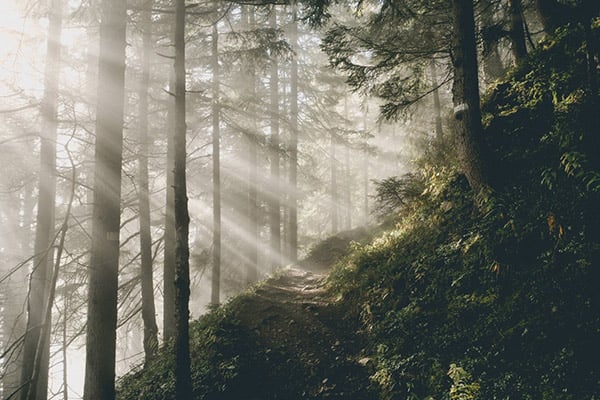

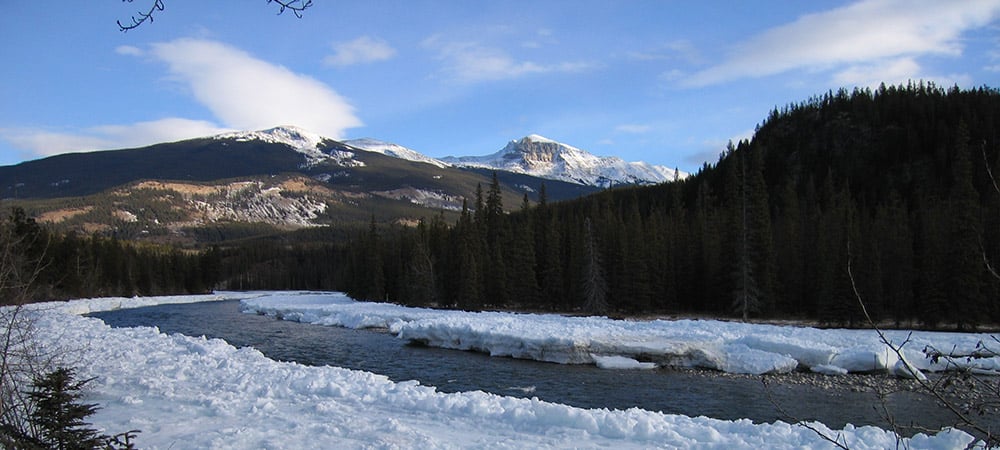
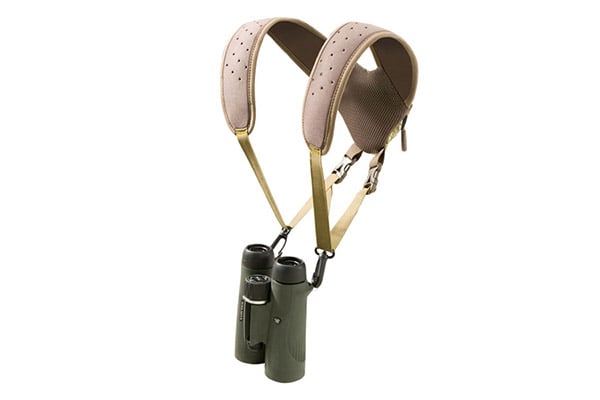






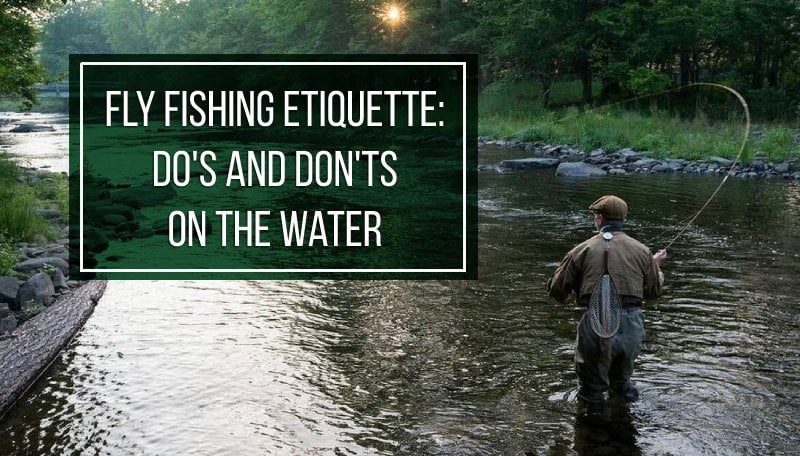



3 comments
When Glass is in the sweat lodge/lean-to, his companion places some sort of plant on his wounds. What kind of plant would that be?
After 2&1/2 hours of researching this crazy subject (and I am an expert by NO means), I’m going out on a limb and GUESSING it was Rosemary (art of deduction). However, yarrow leaves would do quite well for this purpose (but definitely not what they used in the movie). This same technique was used in “Last of the Dogmen”. Let me know if you come up with a conclusive answer!!!
Thank you for your response. I’ve been wondering if it might be sage. I’m going to look up rosemary and yarrow though.